Death Wish II
5.7 /10 2 Votes
29% Rotten Tomatoes Genre Action, Crime, Drama | 5.9/10 IMDb Initial DVD release February 3, 2004 Duration Language English | |||||||||||||||||||||||||||||||||
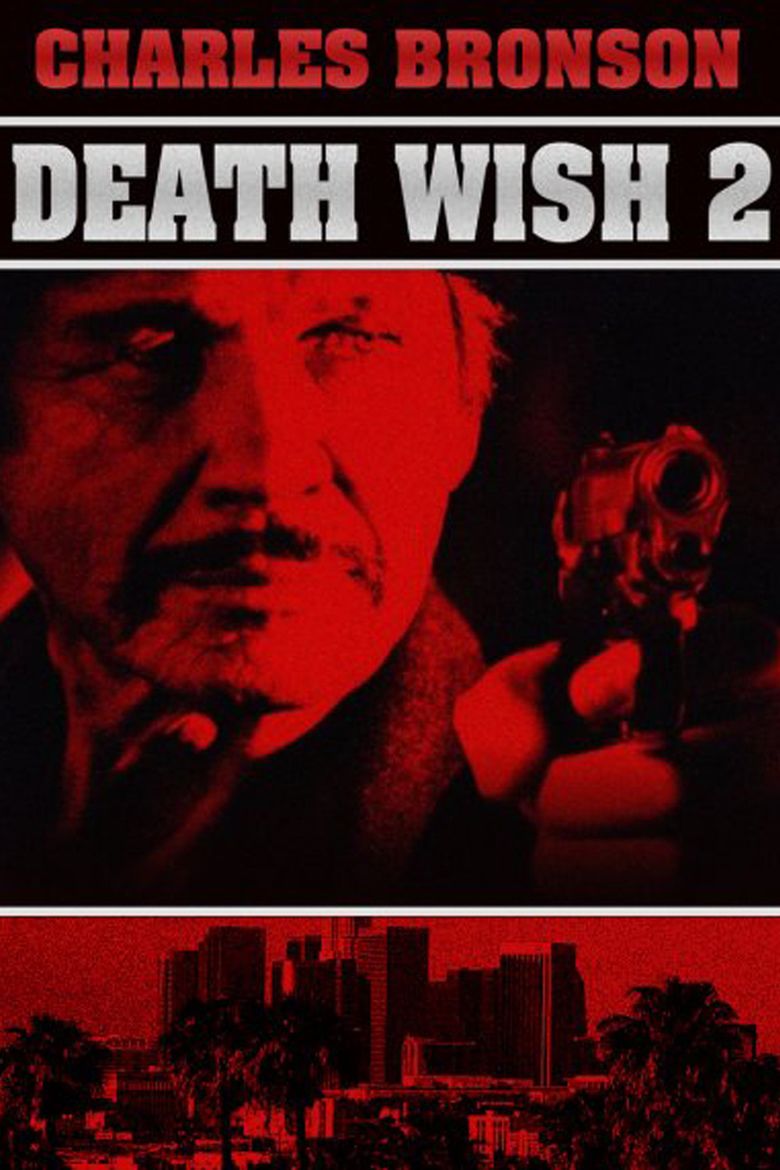 | ||||||||||||||||||||||||||||||||||
Release date February 20, 1982 (1982-02-20) Based on characters created byBrian Garfield Cast (Paul Kersey), (Geri Nichols), (Det. Frank Ochoa), J. D. Cannon (New York D.A.), (Carol Kersey), Laurence Fishburne (Cutter)Tagline First His Wife. Now His Daughter. It's Time To Even The Score! Similar Death Wish 3, Death Wish 4: The Crackdown, Death Wish V: The Face of Death | ||||||||||||||||||||||||||||||||||
B movie roll out death wish ii 1982
Death Wish II is a 1982 crime thriller action film directed by Michael Winner. It is the first of four sequels to the 1974 film Death Wish. In Death Wish II, architect Paul Kersey (Charles Bronson) moves to Los Angeles with his daughter (Robin Sherwood). After his daughter is murdered at the hands of several gang members, Kersey is once again forced to become a vigilante. Unlike the original, in which he hunts down every criminal he encounters, Kersey only pursues his family's attackers. The sequel makes a complete breakaway from the Brian Garfield novels Death Wish and Death Sentence, redefining the Paul Kersey character.
Contents
- B movie roll out death wish ii 1982
- Death wish ii 1982 official trailer
- Plot
- Development
- Shooting
- Score
- Release
- Box Office
- Critical
- References
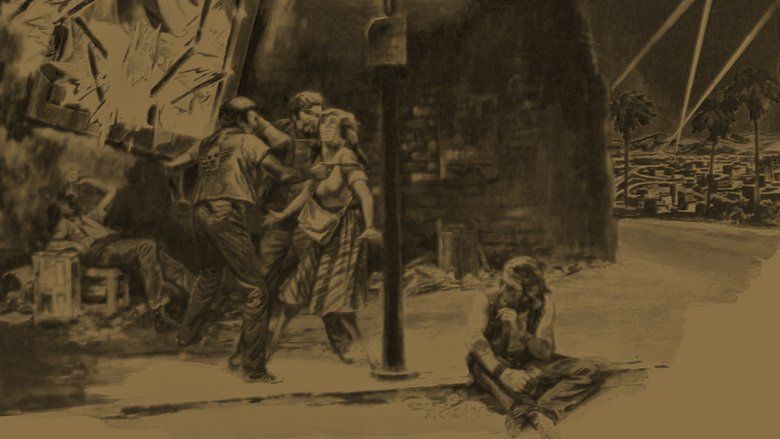
The sequel was produced by Cannon Films, which had purchased the rights to the Death Wish concept from Dino De Laurentiis. Cannon executive Menahem Golan planned to direct the film, but Winner returned on Bronson's insistence. The soundtrack was composed by guitarist Jimmy Page. Death Wish II was released in the United States in February 1982 by Filmways Pictures but like the original, Columbia Pictures handled the international release and Paramount Pictures via Trifecta Entertainment & Media handles the television rights. It earned $16.1 million during its domestic theatrical run.
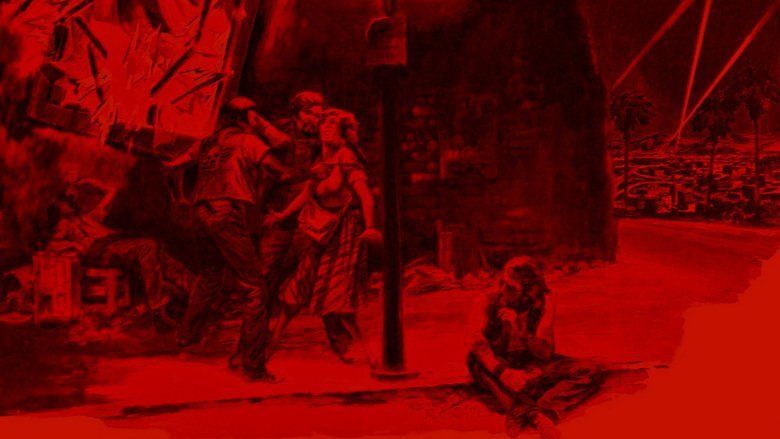
Death wish ii 1982 official trailer
Plot

Paul Kersey (Charles Bronson) has managed to recover his shattered life and moved on, and is now dating an L.A. radio reporter Geri Nichols (Jill Ireland). They go to pick up Kersey's daughter Carol (Robin Sherwood) from the mental hospital. They spend the afternoon at a fairground, where Paul's wallet is stolen by a gang consisting of Nirvana (Thomas F. Duffy), Punkcut (E. Lamont Johnson), Stomper (Kevyn Major Howard), Cutter (Laurence Fishburne) and Jiver (Stuart K. Robinson). He corners and confronts Jiver in an alley, but lets him go after he tells him he doesn't have the wallet, throwing his switchblade over a fence.

The gang later breaks into Paul's house as revenge for Jiver getting beaten up by Paul and they rape the maid, Rosario (Silvana Gallardo). When Paul arrives home with his daughter, he is beaten unconscious. Rosario tries to call the police, but Nirvana kills her with his crowbar. They kidnap Carol, take her to their hideout, and begin to rape her. She jumps through a window in an attempt to escape, and dies after accidentally impaling herself on an iron fence below.
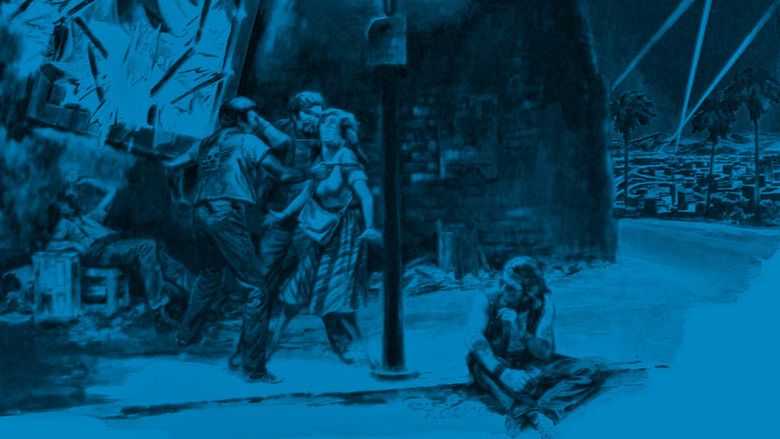
When the police arrive, Lt. Mankewicz (Ben Frank) asks for help identifying the muggers, but Paul refuses. After Carol's funeral, he takes a Beretta 84 handgun to a low-rent inner city hotel as a base of operations. The next night, he spots Stomper and follows him into an abandoned building as a drug deal is about to be made. Kersey kills one of the dealers, then orders the others out, before proceeding to shoot Stomper twice in the chest. The following night, he hears screams from a couple being assaulted by four muggers, including Jiver, in a parking garage. Paul kills two and wounds Jiver. Paul follows his blood trail to an abandoned warehouse and kills him with their own pistol.
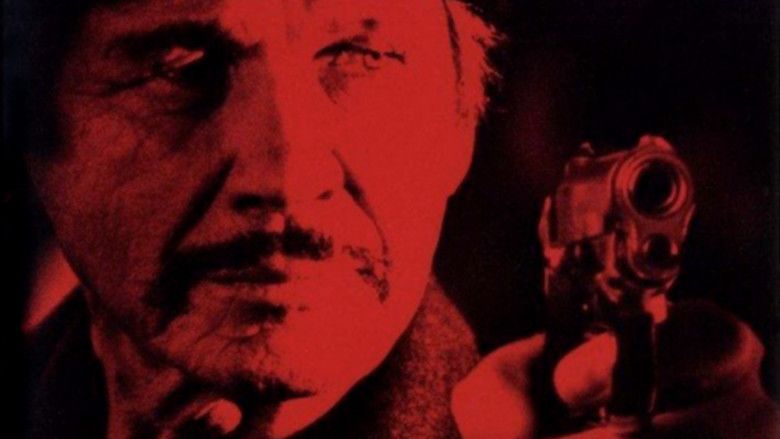
The LAPD and NYPD hear about the murders. When Kersey falls under suspicion, NYPD Detective Frank Ochoa (Vincent Gardenia) is called in to investigate the case. Ochoa fears that Kersey, when caught, will reveal that he was released without charge eight years ago instead of being prosecuted for killing nine muggers (actually ten). Ochoa meets with Lt. Mankewicz, who suspects Ochoa lying to him. Ochoa intrudes into Geri’s apartment and tells her about Paul's previous vigilante killing spree back in New York. After Paul returns back to the apartment, Geri confronts him about Ochoa's revelation, but he denies it.
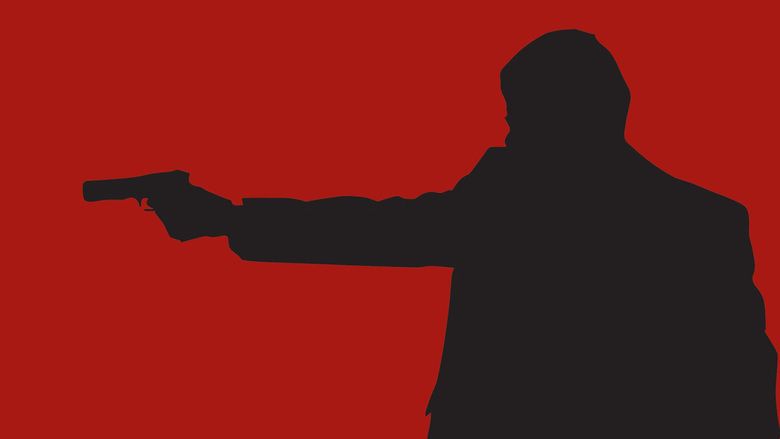
Ochoa follows Kersey to a local square where Kersey spots the three remaining gang members. He follows them to an abandoned park, where a major arms and drug deal is taking place. A sniper spots Kersey and attempts to kill him, but Ochoa warns him and shoots the sniper dead. Ochoa is mortally wounded by Nirvana, while Paul kills Cutter and wounds Punkcut. The arms dealer tries to get away but Paul shoots him, causing him to drive off a cliff, while Nirvana escapes. Ochoa tells Paul to avenge him before he dies. Paul escapes while Punkcut dies from his injuries after giving information about Nirvana to the police.
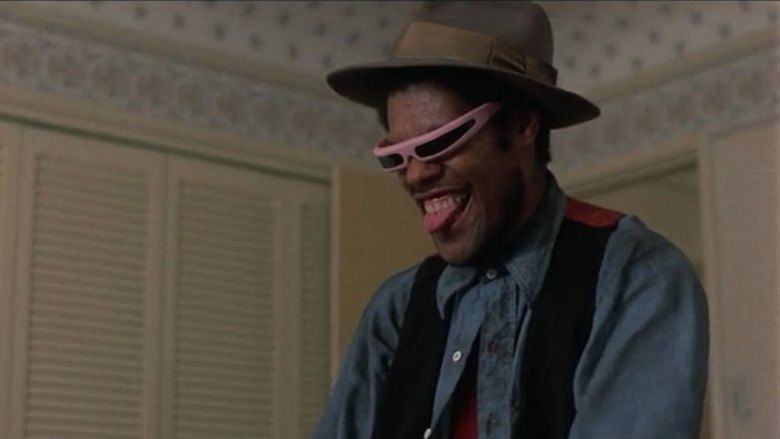
Paul later learns from one of Geri's colleagues that the police are preparing a tactical unit to capture Nirvana. Paul obtains a police scanner and, by monitoring police radio traffic, finds out when and where the arrest is going to take place. He drives to the location to kill him, but Nirvana, under the influence of PCP, slashes his arm and stabs a few officers while trying to escape. Tried and found criminally insane, he is sent to a mental institution. Geri and Paul visit him, requesting an interview, but are turned down by corrupt medics. While there, Paul steals a doctor's ID card. The next night, Paul uses it to enter the asylum and confront Nirvana; they fight. Despite being stabbed repeatedly with a scalpel, Paul finally manages to kill him by electrocuting him. A sympathetic attendant gives Paul three minutes to escape before hitting the alarm.
Geri goes to Paul's apartment, where she finds out how he made his fake ID. Upon hearing a news report of Nirvana's death on the radio, she realizes that Paul really is the vigilante Ochoa claimed him to be. She takes off her engagement ring and leaves him, with Paul arriving moments later.
A few months later, Paul is speaking about a new architectural design. His boss invites him to a party, and when Paul is asked if he's free to attend, he answers: "What else would I be doing?". We then see his shadowy figure walking in the night, followed by three gunshots, before the credits roll.
Development
Brian Garfield, author of the original Death Wish novel, was so unhappy with the film version that he wrote his own sequel, Death Sentence. "They'd made a hero out of him," said Garfield. "I thought I'd shown that he'd become a very sick man."
The idea to produce a sequel to Death Wish (1974) originated with producers Menahem Golan and Yoram Globus, owners of Cannon Films. They reportedly announced their plans to do so prior to actually securing the rights to the franchise. Dino De Laurentiis co-producer of the original film, threatened them with a lawsuit unless they properly purchased the rights. He negotiated payments for himself, co-producers Hal Landers and Bobby Roberts, and original author Brian Garfield. The agreement included future payments for each prospective sequel.
Cannon did not want to use Garfield's book, preferring an original story by David Engelbach, Golan and Hal Landers. "We think our story is a better film story," said Golan.
"You cannot call a film exploitative just because it touches on disturbing issues," said Globus. "Both Death Wish films are a valid comment on American society... the theme of street violence getting out of control is sadly more of a fact of life than it was seven years ago."
David Engelbach was then tasked with writing the screenplay. Bronson was offered $1.5 million to reprise the role. Jill Ireland was cast in the film because Bronson, her husband, insisted on it. She serves as both the love interest to Kersey and the voice of opposition to the death penalty.
Cannon initially tasked Golan with directing the film, but Bronson insisted on instead recruiting Michael Winner, the director of the original. Winner had suffered a downturn in his career since the mid-1970s, with no box office hit since Death Wish. He agreed to return to the franchise and also took the initiative in revising Engelbach's script. Winner recalled that De Laurentiis was having second thoughts about letting someone else produce the sequel, and offered to hire him to do the film for his own production company. Winner refused and De Laurentiis did not renege on his deal with Cannon. The producer did, however, start work on a "clone" of the film. The final result was Fighting Back (1982).
Winner said the sequel was pertinent because "mugging is now a bigger issue in America. It's spread to towns where it was not a problem before. In Beverly Hills, instead of talking about other people's failed movies - thank God, something has stopped them at last - they talk about their muggings."
The film introduced significant changes for the character of Paul Kersey. One involved his modus operandi as a vigilante. In the original film, Kersey would shoot and kill every criminal in his vicinity. In the sequel, he is after five specific criminals who are responsible for the death of his daughter. His single-minded pursuit extends to ignoring other potential targets. He is seen to mostly ignore thieves, drug dealers, and one violent pimp. Another change involves his abilities. In the first film, his activities as a vigilante rely only on his use of weapons. In the sequel he is able to beat up men considerably younger than himself.
Among the final revisions of the script was a change in location. The original script set the action in San Francisco, while the revision moved the setting to Los Angeles.
Winner said the film was "the same, but different," to the original. "That's what sequels are - Rocky II, Rocky III - you don't see Sylvester Stallone move to the Congo and become a nurse. Here the look of LA is what's different. Besides - rape doesn't date!"
Screenwriter David Engelbach argued the film raised "serious issues - namely, the deteriorating state of our criminal justice system. The actions of the Bronson character are dictated by the inability of the police to prevent crime, the preoccupation of the courts with technical rather than real justice, and the cancerous climate of fear in which we find ourselves today. Paul Kersey is no hero. In his pursuit of vengeance he loses the only emotional relationship of his life and by story's end has become as much a victim of crime as the thugs he leaves dead in his wake."
Shooting
The film was shot on location and depicted actual "sleazy" areas of the city. Twenty off-duty men of the Los Angeles Police Department were hired to protect the film cast and crew from potential trouble. A scene involving the abandoned and crumpling Hollywood Hotel was shot in an actual abandoned hotel, months before it was demolished.
Several of the extras of the film were various locals who were either hired to play a bit part or happened to be passing by during a shooting. Among them were drug addicts, a drag queen, Hare Krishnas and bikers. All included by the director in an attempt to get an authentic feel of the streets of Los Angeles.
Winner tried to keep the mood on the set lighthearted. "Just because a film is terrifying, that doesn't mean the people making it have to be grim," he said.
Score
Main article: Death Wish II (album)
Isaac Hayes was recommended by the producers of the film to compose the score; however, Michael Winner chose former Led Zeppelin guitarist Jimmy Page (who was Winner's neighbor at the time). The opening credits bear Page's signature guitar tone, along with the heavy reverb-laden drum sound that he used with Led Zeppelin. The film's soundtrack was released in February 1982. Portions of the score were sampled by Twiztid in the song "Spiderwebs" from their album Heartbroken & Homicidal.
Release
Cannon Films was able to sell distribution rights to several interested buyers. Theatrical rights in the United States and Canada were purchased by Filmways. The company had recently acquired American International Pictures, known for its exploitation films, and the film would fit right in with their library of genre films. Columbia Pictures purchased the international distribution rights. Paramount Pictures purchased the television broadcast rights for the domestic market. The film was originally intended for release around the Christmas of 1981. Filmways decided to postpone release until February 1982, in order to face weaker competition for an audience. The film became the top-grossing film of its opening week.
Box Office
The film grossed 16 million dollars in United States theaters, a rare box office hit for the ailing Filmways. The company still ended the year 1982 with losses of 52.7 million. It was subsequently purchased by Orion Pictures.
It made a $2 million profit for Cannon films and made an extra $29 million worldwide.
It has since earned further money at home and abroad through release for the video market. A poll for HBO noted Death Wish II to be higher in demand by paying viewers than Chariots of Fire (1981).
Critical
Death Wish II received mostly negative reviews, and currently holds a 29% "Rotten" rating on the review aggregate website Rotten Tomatoes. Vincent Canby of The New York Times said it was "even more foolish, more tacky and more selfrighteously inhumane than the 1974 melodrama off which it has been spun" and "so lethargic that it fails even to provoke outrage." He particularly criticized the way the film essentially repeats the plot of the original, the contrived incompetence of the police characters, and Jill Ireland's unconvincing performance. Roger Ebert gave it zero stars, noting that he reserves this rating solely for those very few films which are both "artistically inept and morally repugnant." Citing the lethargic tone of the acting and directing, the lack of plot, the lifeless dialogue, and the weak action sequences, he concluded that "while the first film convinced me of Bronson's need for vengeance, this one is just a series of dumb killings." Variety called it "every bit as revolting as ... the original".
The movie was nominated for a Stinkers Bad Movie Awards for Worst Picture. The film was nominated for a Razzie Awards for Worst Musical Score.
References
Death Wish II WikipediaDeath Wish II IMDbDeath Wish II Rotten TomatoesDeath Wish II themoviedb.org
